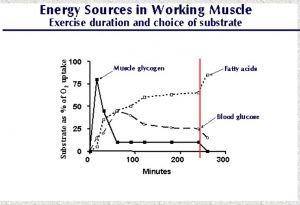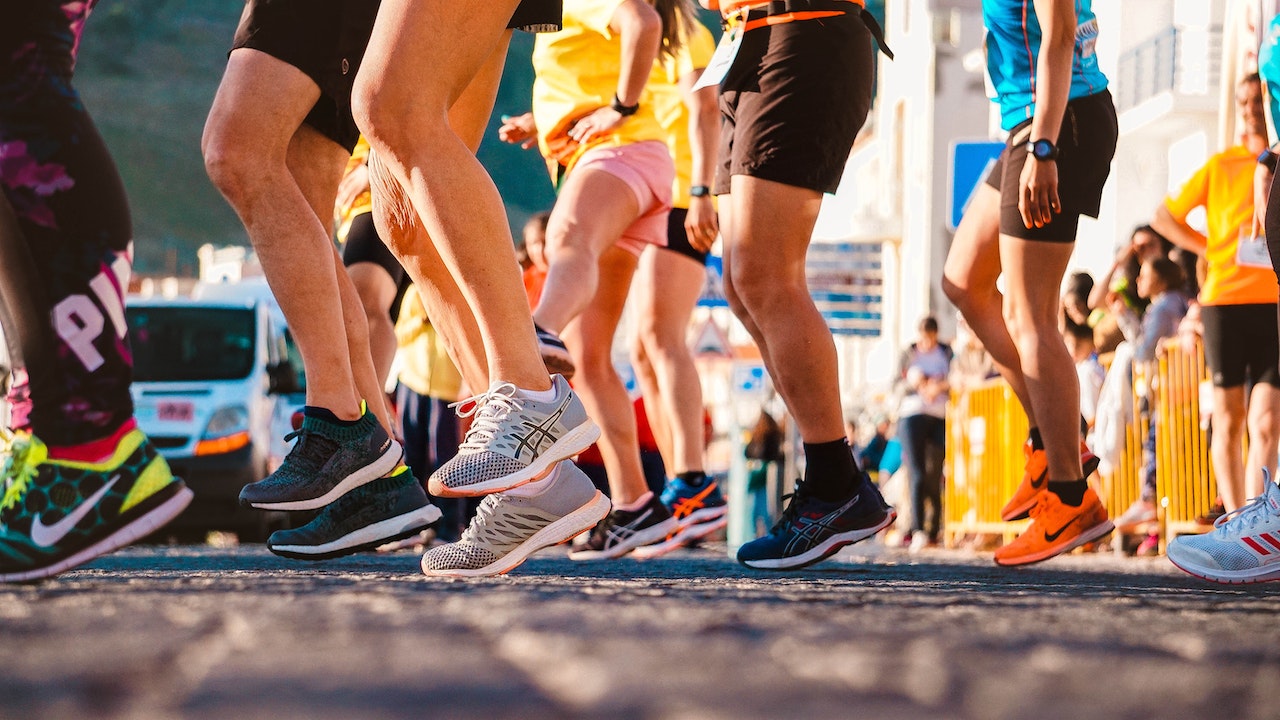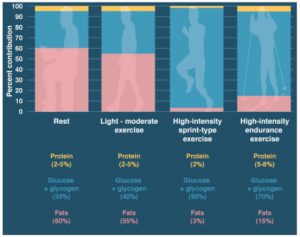If you’re an endurance athlete, you already know glycogen is your best friend. If you’re just getting into the arena, understanding what glycogen can do for your physical performance will help take you a long way. So, let’s break it down!
What is Glycogen?
Put simply: glycogen is stored glucose (sugar) – a main source of energy for your body.
Your body stores single glucose molecules by branching them together to form a larger molecule that can later be broken down when energy is needed.
Where does it come from?
When you eat a meal, the carbohydrates in your meal break down into individual glucose molecules and are released into your blood stream. If there’s an immediate need for energy, this glucose is used right then, otherwise your body stores it as glycogen to use later.
Where is it stored?
Glycogen is mainly stored in your muscles and liver, but the amount saved in these cells can vary depending on your diet, activity level and how much energy is burned while resting.
Glycogen kept in muscle is typically used by the muscles themselves – it’s the primary fuel source for skeletal muscle tissue during prolonged strenuous exercise. Think: training for sports like powerlifting, weightlifting or competitive fitness. And those stored in the liver are spread throughout your body, but mainly to your brain and spinal cord.
In general, your body can store up to 100 grams of glycogen in your liver, which is around 400 calories. And about 350 grams in your skeletal muscles, which is about 1600 calories worth.
How does it get used?
Your liver glycogen stores are mainly used to help regulate your blood sugar levels. For example, if you haven’t eaten in a while and your blood sugar is low, the liver says, “I have some energy over here I can break down and share with the blood.”
Glycogen works in the muscles a little differently by providing energy directly for the muscle itself to contract during physical activity.
During exercise, your body taps into all its energy sources, including fat and glycogen – but at varying levels. It’ll first prioritize the glycogen saved in your muscle and liver since it’s easier to break down than fat.
When you’re doing intense, aerobic exercises (cardiovascular endurance) where your body transports oxygen to your muscles, quick and easy energy is ideal. And if you’re breaking a sweat longer than two hours, you’ve most likely burned through these stores, so it’ll then access free fatty acids and blood glucose (blood sugar) for energy.
At this time, to generate more glucose, your body will begin gluconeogenesis, the process of converting non-glucose substrates (such as fat and protein) into glucose to be used for energy. This process is anaerobic, meaning it does not use oxygen. But it’s not ideal, as it’s not an efficient pathway and creates less energy.

VO2 max, or maximal oxygen consumption, is the maximum amount of oxygen that your body can use during intense or maximal exercise. This measurement is used to describe cardiovascular fitness and aerobic endurance. The more oxygen you can use during exercise, the more energy you can produce.
When athletes compete at high VO2 percentages, their energy source may become somewhat anaerobic, and they’ll no longer be able to use fat efficiently and will mainly rely on glycogen and blood glucose as energy sources.
Diets low in carbohydrates will deplete liver and muscle glycogen stores fast, so including enough is beneficial to support your exercise.
If you’re an athlete, to ensure adequate glycogen stores, it’s recommended to consume:
- At least 300-400 grams of carbohydrates per day during training and leading up to an event.
- On event day, you should consume a meal of 150-300 grams of carbohydrates around 3-4 hours before competition.
- About 60-120 grams of a carbohydrate snack an hour before competition.
- And around 50 grams of carbohydrate immediately before competition.
- During exercise, athletes should consume at least 30-60 grams of carbohydrate per hour, ideally consumed in smaller amounts every 10-15 minutes throughout competition as well as training to avoid depletion and to maximize performance.
How do I replenish glycogen after a workout?
After an intense session, replenishing glycogen stores is essential for tissue repair, initial recovery and also helps you bounce back for the next workout. Glycogen synthesis is a somewhat slow process, so to maximize this, a carbohydrate supplement immediately after exercise with protein is a good practice. A good rule of thumb is to consume 4 grams of carbohydrates to 1 gram of protein. Try chocolate milk or a banana and peanut butter, there’s a reason you always see these snacks at the end of races!
Do you have questions about supplements? Reach out to one of our experts, or take Persona’s free nutrition assessment, and learn exactly what you need to take your wellness to the next level.
*These statements have not been evaluated by the Food and Drug Administration. This product is not intended to diagnose, treat, cure, or prevent any disease.
This information is not intended as a substitute for the advice provided by your physician or other healthcare professional, or any information contained on or in any product label or packaging. Do not use the information from this article for diagnosing or treating a health problem or disease, or prescribing medication or other treatment. Always speak with your physician or other healthcare professional before taking any medication or nutritional, herbal, or homeopathic supplement, or using any treatment for a health problem. If you have or suspect that you have a medical problem, contact your health care provider promptly. Do not disregard professional medical advice or delay in seeking professional advice because of something you have read in this article.


